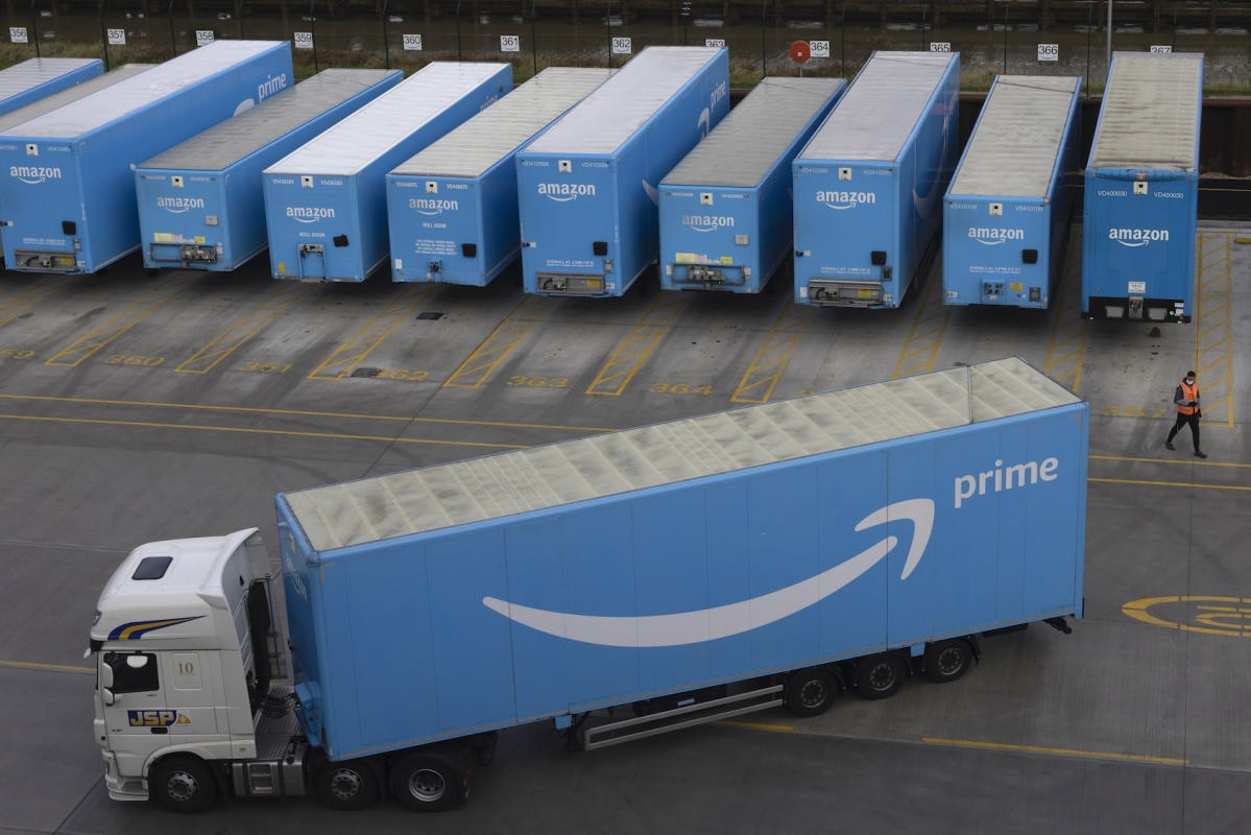The dispute revolves around Amazon’s recently reinstated Seller Fulfilled Prime (SFP) delivery program, a service that enables third-party sellers to dispatch Prime-eligible products directly from their own warehouses without relying on FBA services.
Initially introduced in 2015 to introduce new Prime-eligible inventory to Amazon customers, the program was discontinued four years later. The commission contends that Amazon executives, recognizing that SFP was fostering healthy competition, sought to terminate the program.
During its existence, Amazon stated that less than 16 percent of SFP’s U.S. orders met the two-day shipping guarantee mandated by the program, citing, in part, the limited operational hours of some sellers, especially on weekends.
Contrary to Amazon’s claims, the FTC, as per the updated complaint unveiled on Thursday, asserts that sellers enrolled in SFP consistently met their promised delivery estimates set by Amazon, exceeding 95 percent in 2018.
Additionally, the FTC alleges that these sellers, on occasion, surpassed FBA-fulfilled orders in meeting this performance metric.
Amazon disputes the FTC’s account.
“The FTC’s statements that Seller Fulfilled Prime was working well for customers in 2018 are highly misleading,” an Amazon spokesperson said.
“The fact is that in 2018 sellers using Seller Fulfilled Prime were promising deliveries within two days less than 16 percent of the time—far worse than the performance of sellers using Fulfillment by Amazon and far below the high standards and expectations our customers have for Prime.”
In its inaugural year, the Amazon program successfully brought on board over 3,200 sellers, reaching a peak of around 15,000 participants in SFP, as stated in the lawsuit. Notably, Amazon did not extend the program to all potentially eligible merchants.
According to the FTC, Amazon’s enthusiasm for the program waned in early 2019 when it discovered that independent fulfillment providers were promoting their capacity to assist sellers in attaining Prime eligibility and fulfilling orders through SFP.
In an email communication, then-CEO of worldwide operations, Jeff Wilke, expressed frustration, mentioning he was “losing [his] mind” upon learning that UPS was advertising its online retail fulfillment service for Prime-eligible orders.
Two other high-ranking Amazon executives in the same email thread concurred that shutting down SFP in the U.S. should be considered.
Although the company halted new enrollments in SFP later that year, the waitlist swiftly expanded to include over 8,000 sellers within a mere six weeks.
“Amazon caught a glimpse of this alternative universe when it temporarily relaxed its coercive conduct,” the lawsuit said.
“As Amazon recognized, this decision was immediately popular with both shoppers and sellers. But internally, Amazon soon realized that its move could enable greater multihoming, facilitating competition that would threaten Amazon’s monopoly power.”
Amazon Executive Expressed A Moment Of Concern
According to the FTC lawsuit an Amazon executive expressed a moment of concern, stating that the SFP program was undermining Amazon’s competitive edge in the U.S.
The executive highlighted that sellers were now motivated to manage their own warehouses, making inventory accessible to other marketplaces, a capability previously exclusive to Amazon’s FBA customers.
The complaint reveals that, based on discussions with sellers, additional Amazon executives acknowledged that if FBA were not mandatory for Prime eligibility, many sellers would opt for independent fulfillment providers based on the platform with the incoming order.
In response, Amazon’s former head of global fulfillment services acknowledged being troubled by the potential rise in competition from independent fulfillment providers.
The lawsuit contends that the operations of independent fulfillment providers are currently significantly smaller than FBA, handling orders for only a few hundred to a few thousand sellers.
Despite this, the FTC argues that if these providers had the opportunity to compete for Amazon’s order volumes, they could have secured substantial business from third-party sellers on Amazon.
The reintroduction of SFP seems to be Amazon’s effort to mollify the FTC following the notable antitrust lawsuit. In September, prior to the commission filing the groundbreaking case, Amazon reversed its decision to impose a 2 percent fee on third-party sellers utilizing SFP.
“We have learned a lot, and over the last several years we updated the program requirements,” the Amazon spokesperson said.
“We’ve now reopened enrollment to an improved Seller Fulfilled Prime program that can meet our customers’ expectations,”
“The misleading figures the FTC points to in the complaint falsely portray how we work with sellers to meet our customers’ high expectations.”
SFP, still in its trial phase, mandates that sellers fulfill 100 packages within the 90 days preceding their application. Additionally, sellers must maintain a valid tracking rate exceeding 95 percent, a cancellation rate below 2.5 percent, and a late shipment rate under 4 percent.
The recently unveiled section of the Amazon-FTC antitrust lawsuit intensifies the claims that the e-commerce giant essentially compels sellers to opt for its Fulfillment by Amazon (FBA) service for fulfillment and logistics.
The stringent criteria for participation in the SFP trial program further underscore the dynamics at play in Amazon’s efforts to shape sellers’ choices within its ecosystem.
In 2021, Amazon lodged an appeal against an unprecedented fine amounting to 746 million euros ($865 million). The charge was imposed on the tech giant on the grounds of purportedly breaching stringent data protection regulations established by the European Union.







